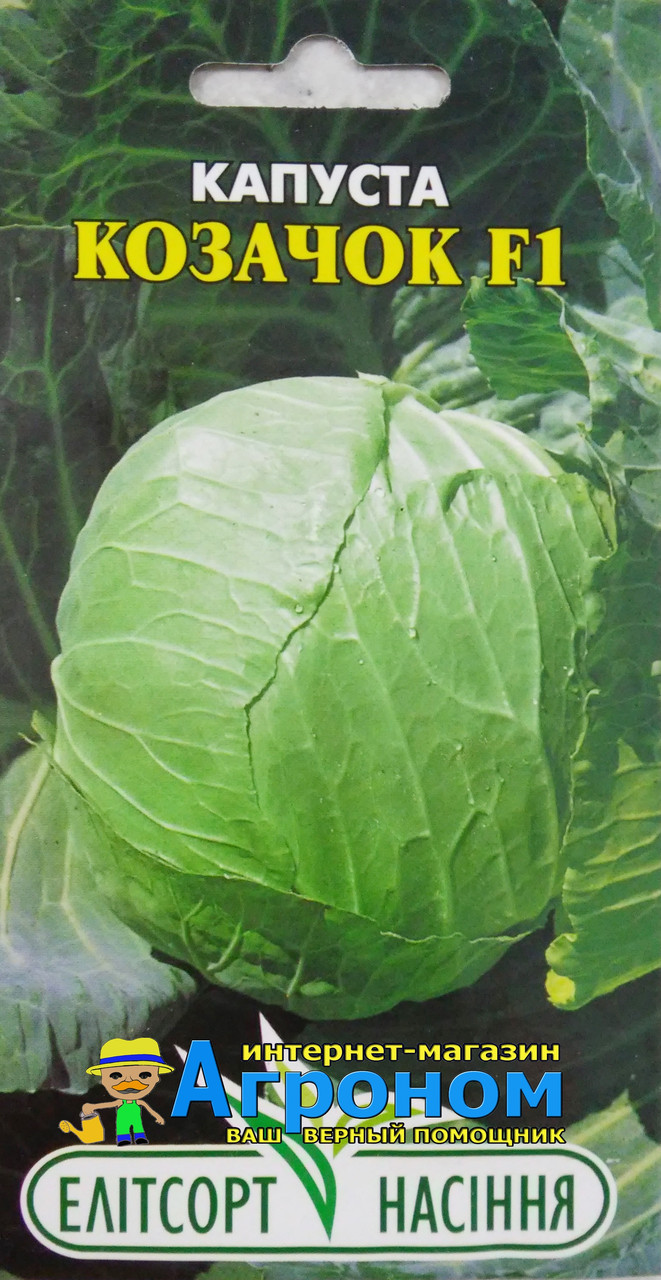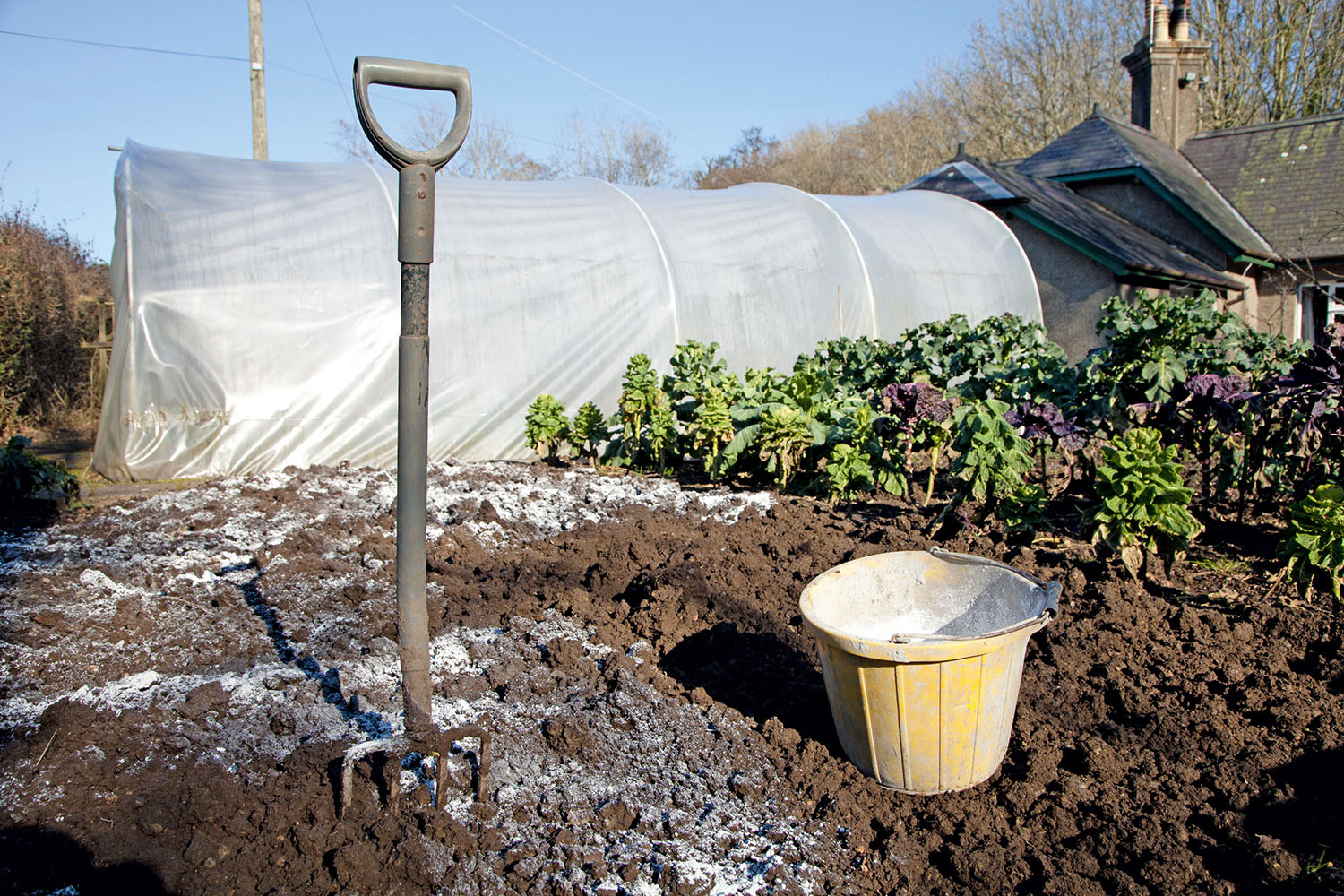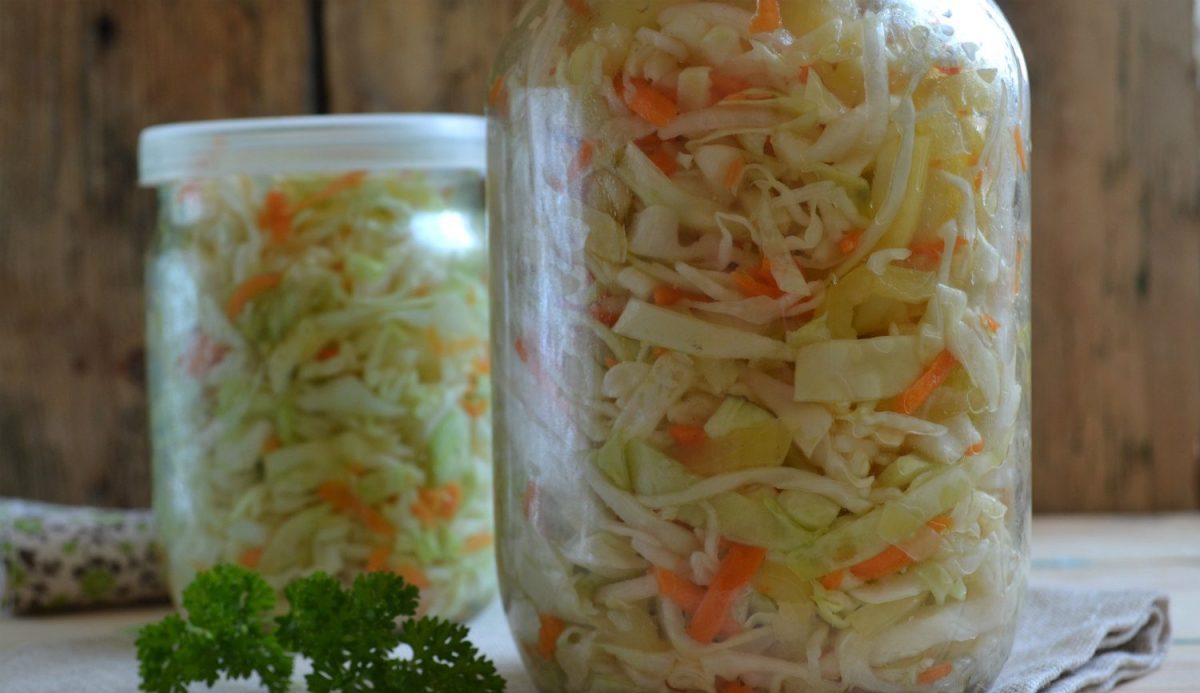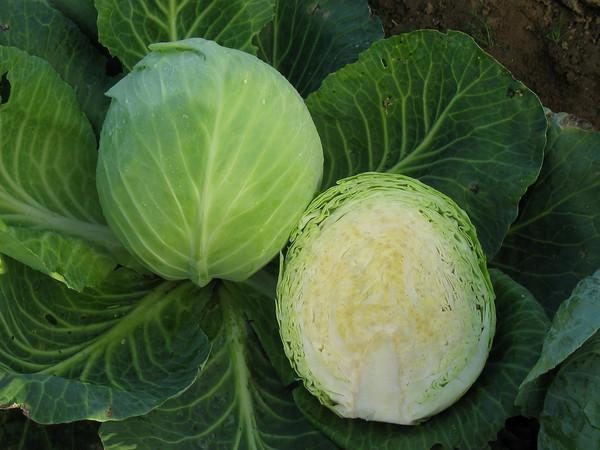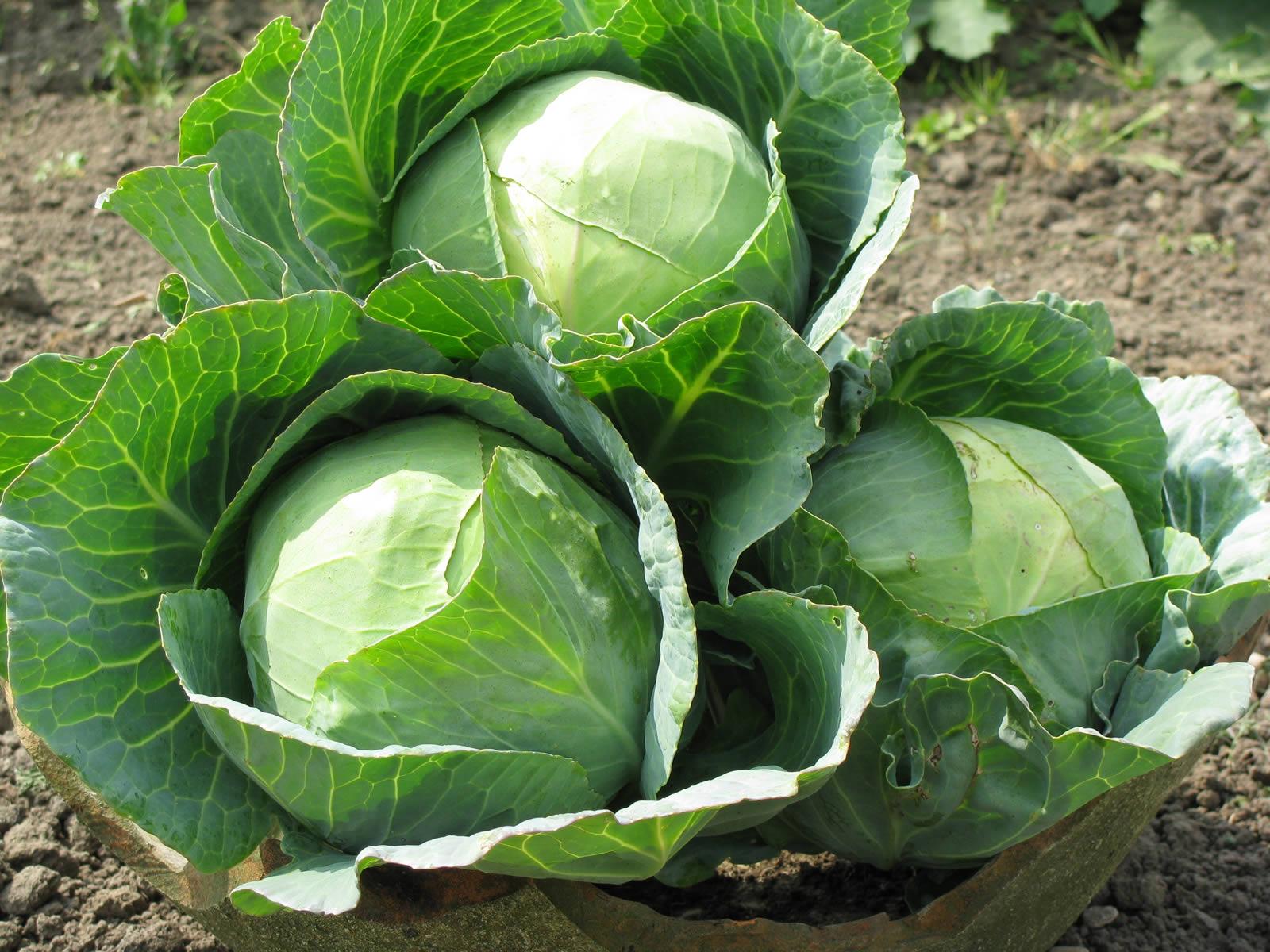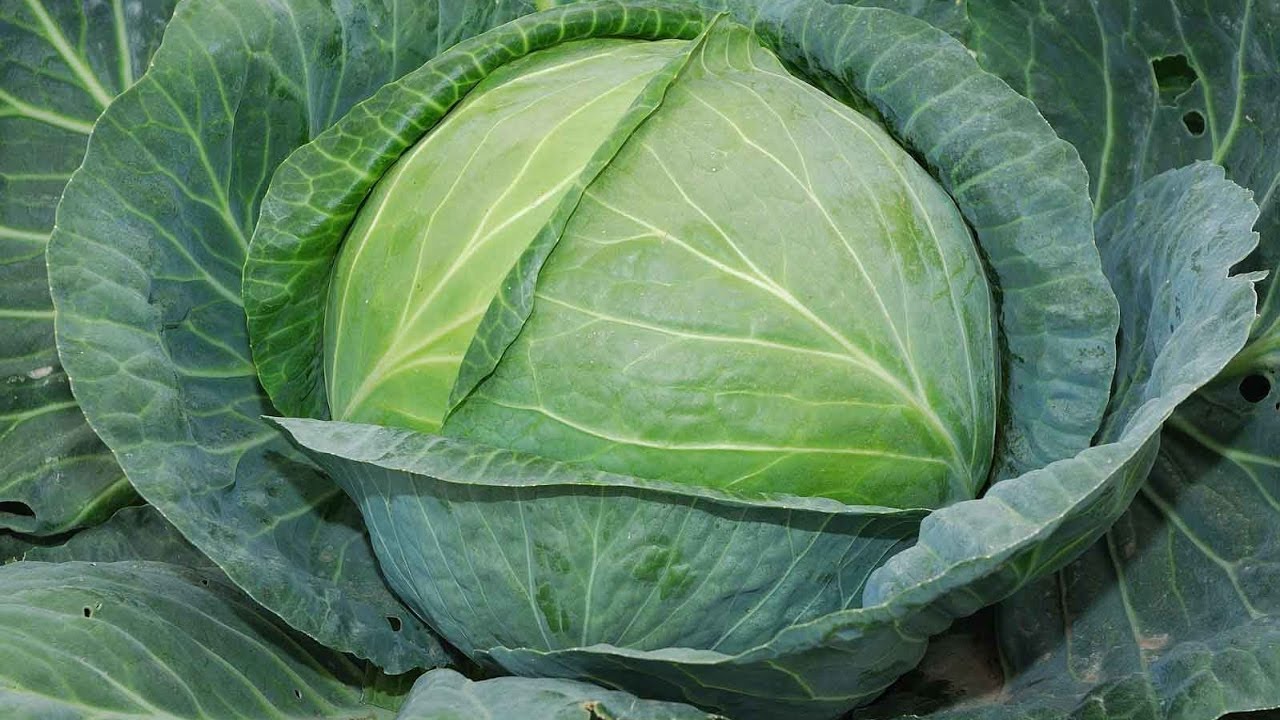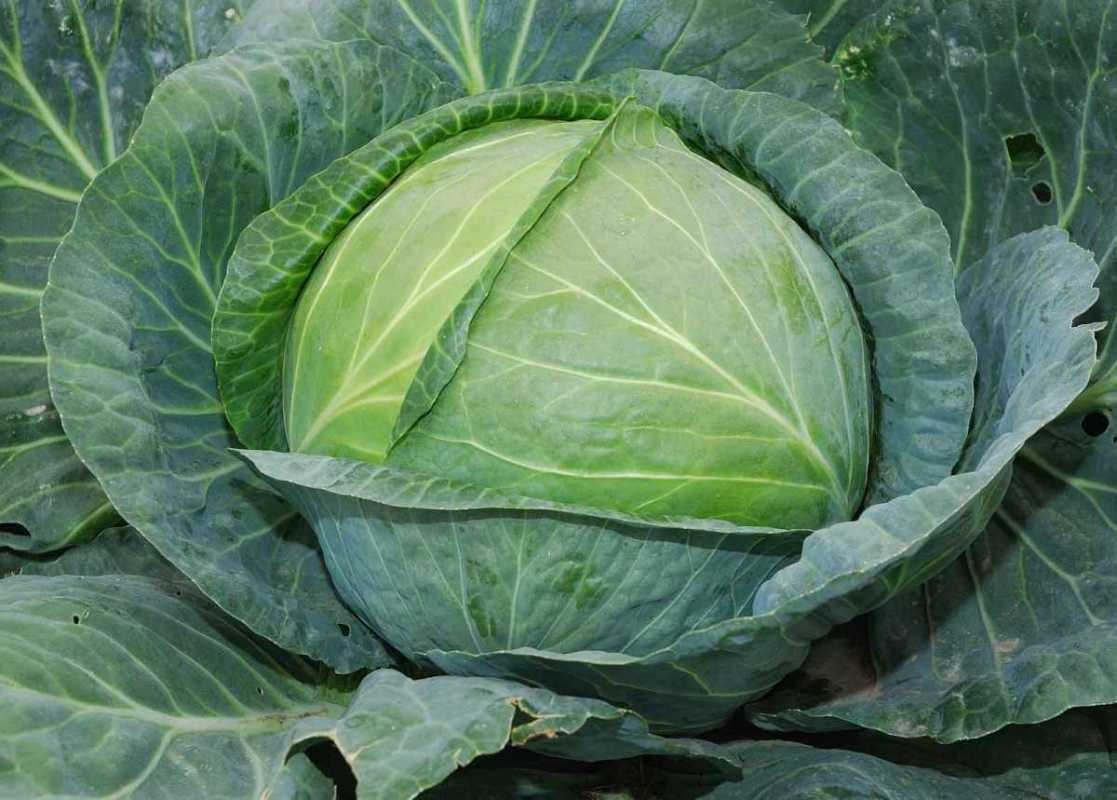Content:
Cabbage is a vegetable that is part of many dishes in the traditional diet of a modern man. It is useful, saturated with vitamins B and A and is easily absorbed by the body, which makes it indispensable for organizing dietary nutrition.
The agricultural technology of cabbage is simple, and the emergence of new hybrids with improved qualities makes the cultivation of this crop even easier. Having appeared in the late 90s. of the last century, as a result of selection, the Kazachok hybrid quickly settled in many vegetable gardens and does not leave the beds to this day. What is Cossack in the cabbage so beloved by the people? Persistence! Despite the tenderness of the leaves, cabbage can withstand adverse weather conditions, temperature changes and even frost. A real Cossack!
Features of the variety
Frost resistance
White cabbage Kazachok was selected as a crop that can be grown in regions with an unstable climate. In addition to being unpretentious to weather conditions, young plants can easily tolerate spring frosts up to - 3-5 degrees.
Ripening terms
The second extremely important characteristic of this variety is its ripening time. Kazachok is an early ripening variety. If the plant is grown in seedlings, after planting the seedlings in open ground, the crop can be harvested in 1.5 months. It usually takes about 100 days from germination to ripening.
Yield
The yield of Kazachka significantly exceeds the average: from 1 sq. m. you can collect about 4 kg of this useful vegetable. The weight of one head of cabbage is usually 1-1.2 kg. The plant itself reaches almost 30 cm and has about half a meter in diameter: a 16-centimeter head of cabbage is usually surrounded by 20 slightly gray dark green leaves with slightly wavy edges.
Taste qualities
In addition to the saturation with vitamins and microelements, characteristic of all varieties of culture, early cabbage has special taste. Kazachok is ideal for preparing salads and dishes that require minimal heat treatment, as it has an extremely delicate texture. Cabbage leaves are very juicy, in addition, due to weak nerve, the leaf is more tender than leaves with thick fibrous "veins" in other varieties.
Agrotechnics of cabbage Kazachok
Despite the good performance when growing this variety by direct sowing of seeds in open ground, it is recommended to grow plants in unfavorable climatic zones by seedling method.
Sowing
It is advisable to sow cabbage seeds in early to mid-March.
If possible, it is better to prepare potting soil for planting. The ideal soil composition for growing cabbage seedlings is as follows:
- calcined sod land (it is better if the land is dug up in the forest, since forest land contains a large amount of leaf humus);
- baking powder (sand, coconut substrate, sawdust, vermiculite);
- Fitosporin (pre-treatment of the soil will protect plants from fungal and bacterial infections).
The first week of planting should be kept in a fairly cool place: the ambient temperature should not exceed 8 degrees. In the second week, the temperature should be doubled. After 10-14 days, it is recommended to plant the seedlings, while deepening the shoots to the cotyledon leaves. It is recommended to water the plants during this period only after the soil around the trunk is completely dry.
It is recommended to plant cabbage seedlings in a month and a half after germination. It is better to plant seedlings in cool (not cold) rainy weather. In this case, young plants will not dry out and will not "burn" in the sun. If the time has come for planting seedlings to a permanent place, and the weather is dry and hot, you should proceed as follows:
- Moisten the soil as much as possible before planting seedlings.
- Change in the evening.
If the weather is hot and sunny for 1-2 weeks after planting, the transplanted seedlings should be protected from the sun's rays (you can use the folk method of plant protection - burdock leaves). And in the evening, the protection must be removed in order to avoid rotting seedlings.
Care
It is recommended to water the transplanted plants abundantly every 2 days. Cabbage will gratefully respond to watering with warm water, however, watering with low temperature water (directly from a well or well) will not harm the seedlings.
Cabbage Kazachok, like any other varieties of this crop, develops well with a sufficient amount of nitrogen in non-acidic soil. The introduction of ash will help to reduce acidity, and timely feeding of plants with urea (20-30 days after germination) will be able to compensate for the nitrogen deficiency.
For the entire growing season, it is recommended to feed the Kazachok 2 more times. You can do this using an infusion of mullein (in a ratio of 1 part manure: 3 parts water).
Diseases and pests
In the description of the Kazachok cabbage variety, the plant's resistance to diseases such as black leg and bacteriosis is guaranteed.
The correct conditions for keeping cabbage will avoid damage to plants by such insects as cabbage white (cabbage), cruciferous flea and slugs.
One of the methods of insect control is planting certain plants around the perimeter of cabbage beds, the essential oils of which scare away pests or, conversely, attract all their attention:
- mint,
- marigolds,
- calendula.
It is recommended to treat cabbage of this variety with Fitoverm - it is he who is suitable for early varieties of culture.
Advantages and disadvantages of the variety
The undoubted advantages of this hybrid include the following parameters:
- fast ripening period (about one and a half months);
- resistance to different climatic conditions, including spring frosts;
- taste (juiciness and tenderness of the leaves);
- attractive presentation of heads of cabbage.
The disadvantage of the Kazachok variety are the following properties:
- cracking of heads during untimely harvesting (although it is this variety that is characterized by the rarest cases of cracking in comparison with other early varieties);
- susceptibility to powdery mildew disease (proper soil preparation and timely treatment of the plant with antifungal drugs will help to avoid such a nuisance).
Thanks to the simple cultivation technology, the Kazachok variety is perfect for beginners. High yield, quick ripening and unpretentiousness of the plant will make it a favorite of the most experienced gardeners.
